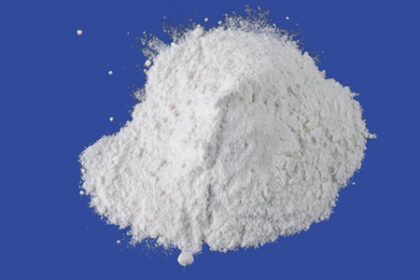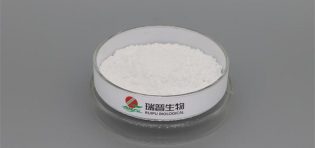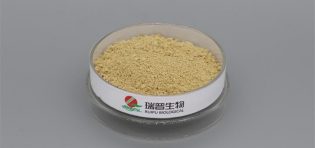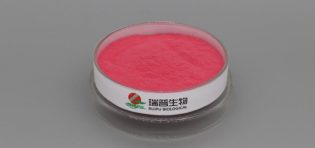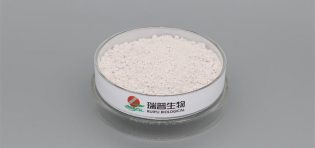
Calcium gluconate can be kept dry by employing proper storage and handling practices. There are some methods to maintain the dryness of calcium gluconate.
Calcium gluconate should be stored in moisture-resistant packaging, such as airtight containers or sealed bags, to prevent exposure to atmospheric moisture.This packaging helps to maintain the dryness of the powder or granules and prevents moisture absorption.
Desiccants, such as silica gel packets or moisture-absorbing packets, can be placed inside the packaging with calcium gluconate.These desiccants help to absorb any moisture present in the packaging, reducing the risk of moisture-related degradation or clumping of the product.
Calcium gluconate should be stored in a dry environment with low humidity.It is essential to keep it away from water sources, excessive humidity, or areas prone to moisture condensation. Ideally, the storage area should have controlled humidity levels to minimize the chances of moisture absorption.
Calcium gluconate should be protected from direct contact with liquid water or other liquids. Liquid water can cause the product to dissolve or form clumps, compromising its quality and efficacy.It is important to handle the product with dry hands or utensils and avoid introducing moisture during handling.
After each use, the packaging containing calcium gluconate should be tightly sealed to prevent air and moisture from entering.This helps to maintain the dryness of the product between uses and preserves its quality over time.
Even with proper storage practices, calcium gluconate may still have some inherent moisture content.However, following these guidelines will help minimize moisture absorption and maintain the dryness of the product to the best extent possible.



